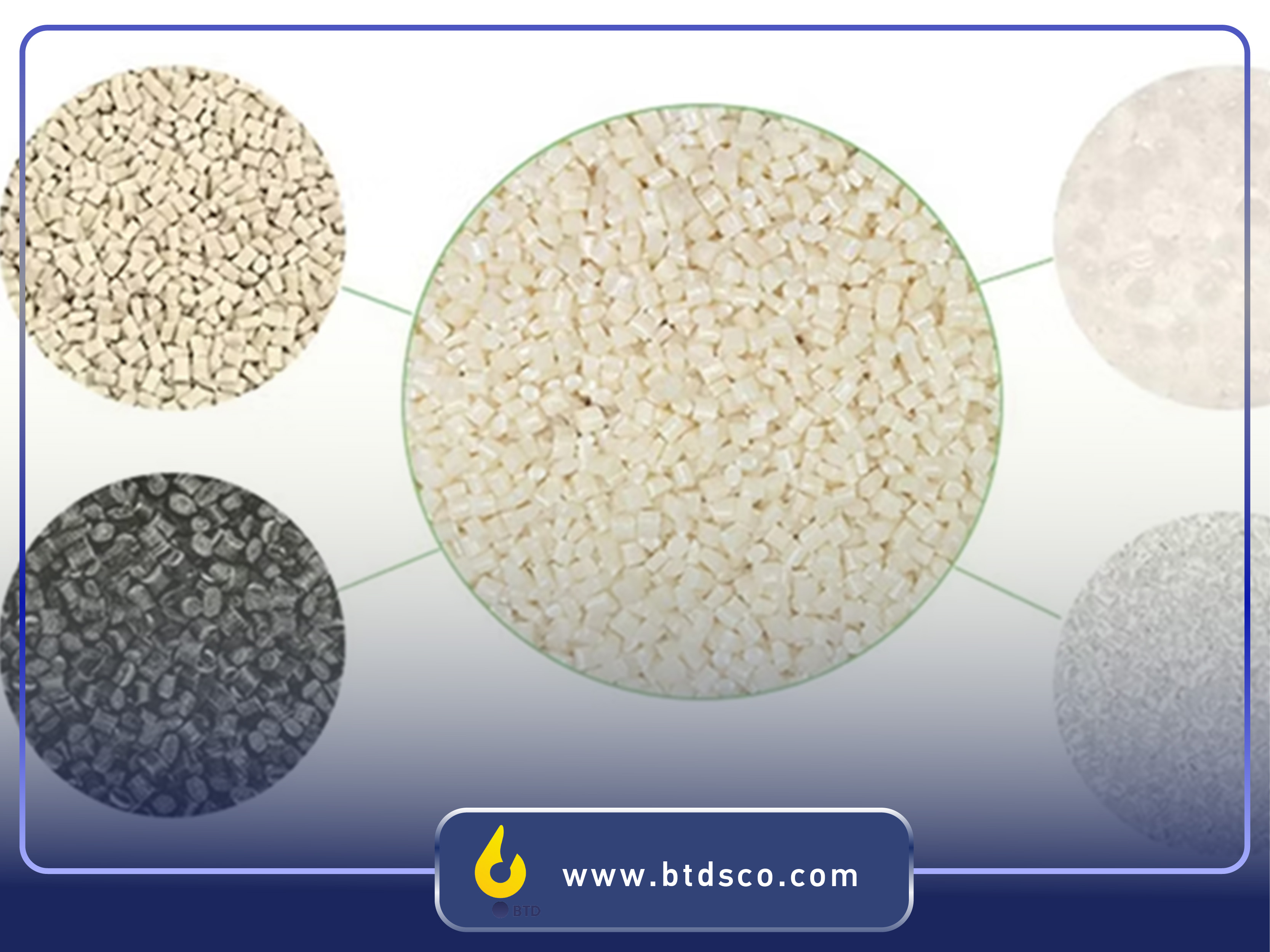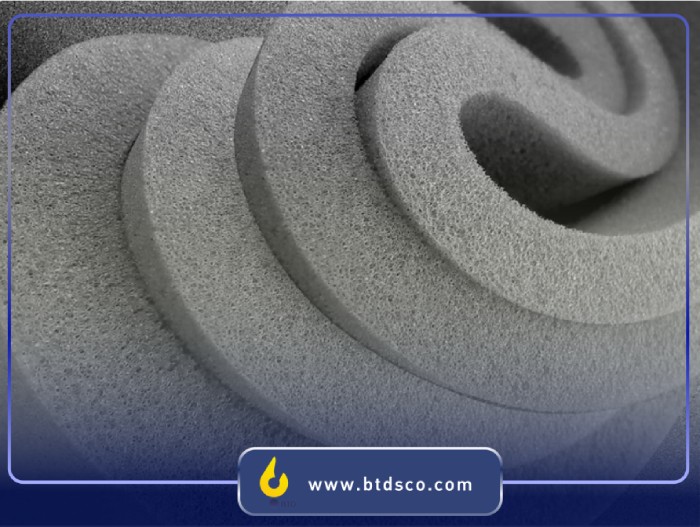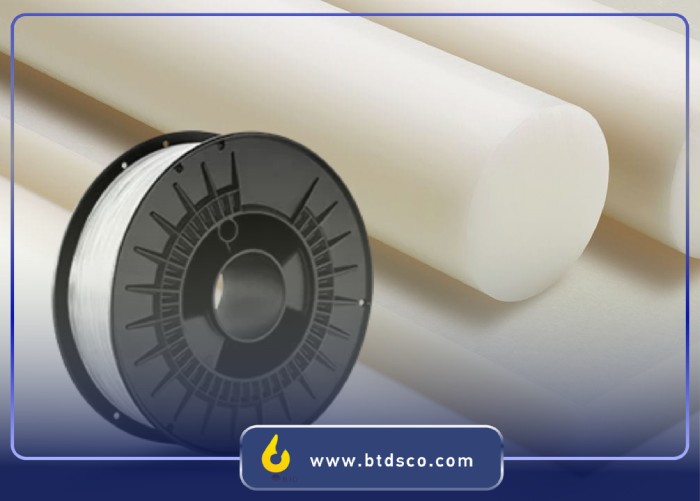Polyamide: Comprehensive Introduction, Classification, Applications, and Properties

Polyamides, also known as nylons, are a group of synthetic polymers formed by linking amide bonds during polymerization. These materials are widely used in various industries such as textiles, automotive, electronics, and medicine due to their unique features such as lightweight, high resistance to wear, heat, and chemicals, as well as flexibility.
What are Polyamides?
Polyamides are among the most important and widely used groups of polymers in various industries. They are known for their unique properties such as high tensile strength, resistance to wear and heat, flexibility, and machinability. These polymers are predominantly used in industries such as automotive, fibers, packaging, medicine, electronics, and many others.
Polyamides are classified into two main categories: aliphatic and aromatic polyamides, each with specific characteristics and applications. Among the most significant types of polyamides are Polyamide 6 and Polyamide 66, which differ significantly in chemical structure, physical and mechanical properties, and applications. While Polyamide 6 is often used for general and economic purposes due to its lower cost and easier processing, Polyamide 66 is preferred in specific industries like automotive and mechanical sectors due to its higher strength, better dimensional stability, and superior performance at high temperatures.
History of Polyamides
The history of polyamide research dates back to 1928 when Carothers began investigating the mechanism of polymerization. During this research, the polymerization mechanism of polyamides was discovered accidentally. After completing the techniques for producing high molecular weight polyamides, attention shifted to polymers that could be converted into fibers.
Eventually, Polyamide 66 was selected for its special properties and ease of raw material production. Gradually, polyamides gained popularity in various industries, especially in the production of consumer fibers (such as textiles and carpets). In Europe, about two-thirds of nylon production is allocated to fibers, while the remaining portion is primarily used in injection molding for manufacturing machinery parts and consumer goods. A small fraction is produced as polyamide films and filaments.
Types of Polyamides
Natural Polyamides
Natural polyamides are organic materials naturally found in nature with molecular structures based on amide chains. These include proteins like silk and wool, which exist in the biological structure of living organisms. Silk is valued for its softness and sheen, while wool is prized for its insulating properties and resistance to cold, making them significant applications in this category.
Synthetic Polyamides
Synthetic polyamides are chemically produced and widely used across various industries. Notable examples include nylons (such as Nylon 6 and 66) and aramids (like Kevlar). These materials are vital in manufacturing durable clothing, industrial equipment, and consumer goods due to their strength, heat resistance, and flexibility.
Strengths of Polyamides
-
High Wear and Pressure Resistance:
Polyamides exhibit remarkable resistance to wear and pressure due to their cohesive molecular structure and strong bonds. This makes them ideal for use in industrial and mechanical environments with significant pressure and wear. -
Good Tensile Strength:
They possess excellent tensile strength and can withstand heavy loads and stresses without breaking, making them suitable for applications requiring high load tolerance. -
Thermal and Chemical Resistance:
These materials show strong resistance to high temperatures and various chemicals, making them ideal for industrial and mechanical environments requiring thermal and chemical resilience. -
High Flexibility:
Polyamides are highly flexible and can easily be shaped into various forms without losing their mechanical properties. This makes them beneficial in producing complex and highly flexible parts.
Recent Articles






